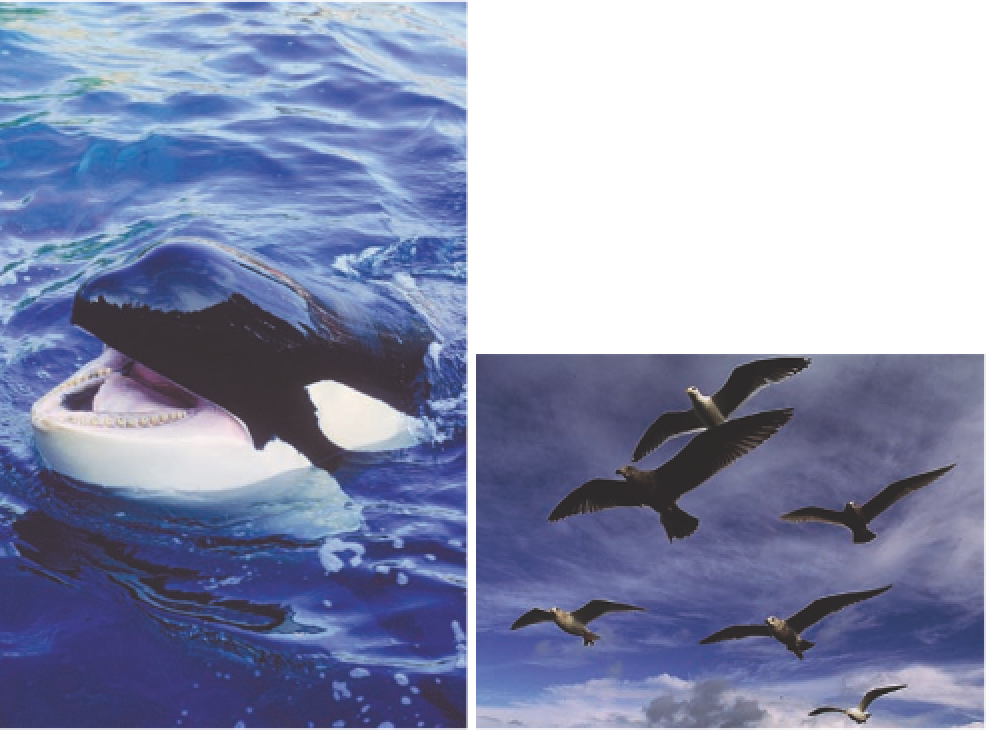Travel Reference
In-Depth Information
Fauna
Warmed by the Japanese current, the
waters of the Pacifi c maintain a higher
temperature than those of the Atlantic,
which are cooled by the Labrador cur-
rent. As a result, this region features very
distinctive marine life. For example, this
is the only place in Canada where sea
otters are found, even though they were
almost completely exterminated by
hunting. Sea lions are also indigenous
to the Pacifi c coast. Many animals feast
on the abundant salmon on the coast
and in the rivers where they spawn.
Grizzly bears, for example, gather for a
feast when the rivers are teeming with
salmon, and gourmets that they are,
eat only the roe and the head! Wolves,
black bears, raccoons, gulls and bald
eagles eat the leftovers. Speaking of
bald eagles, the Pacifi c coast is home
to Canada's largest population of these
majestic birds, which have all but dis-
appeared from the Atlantic coast.
Countless orcas inhabit the waters
around Vancouver Island and are com-
monly spotted from the ferries that link
this island with the mainland. They
are the only marine mammals that eat
warm-blooded animals like seals, be-
lugas and other smaller whales, which
probably explains their more common
appellation, killer whales.
6
An orca, the largest member of the dolphin
family.
© Pierre Longnus
6
Seals resting.
© Tourism Powell River
6
The gliding fl ight of gulls.
© Pierre Longnus






Search WWH ::

Custom Search